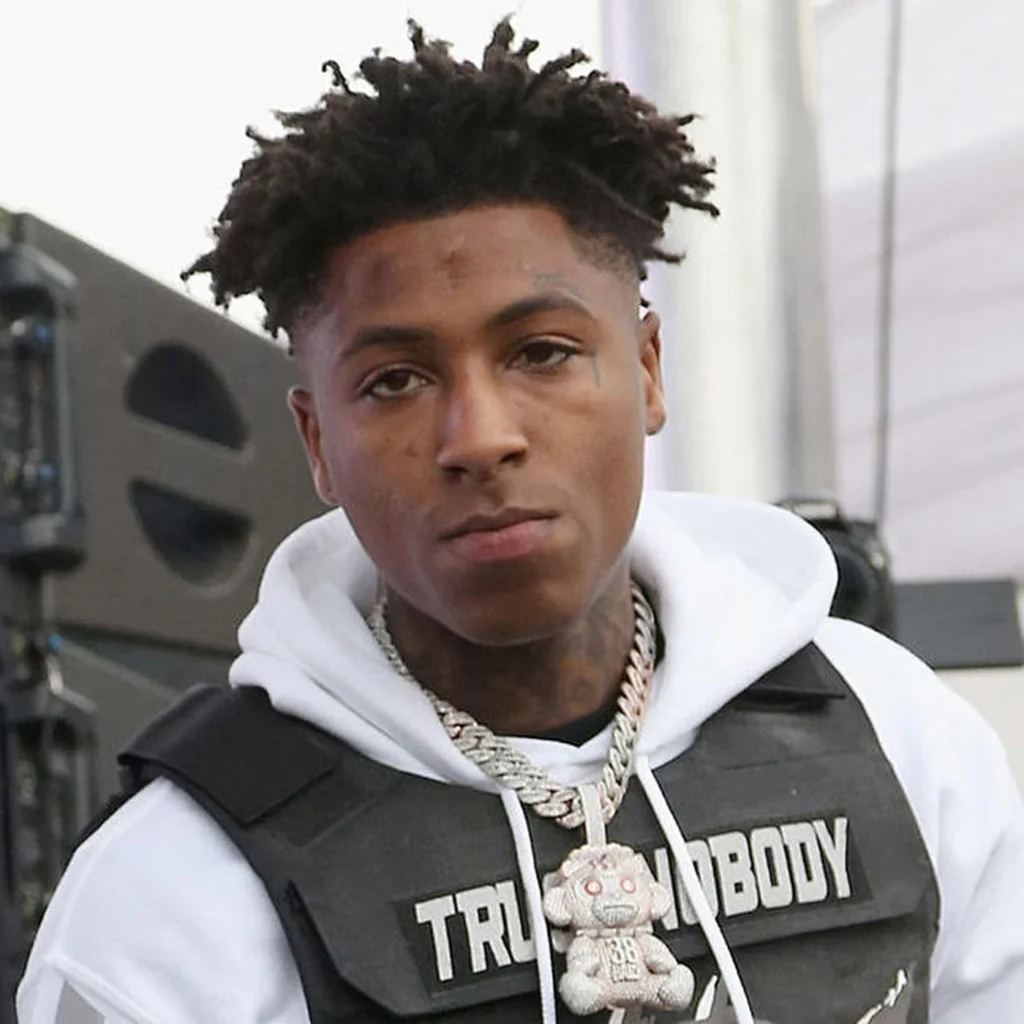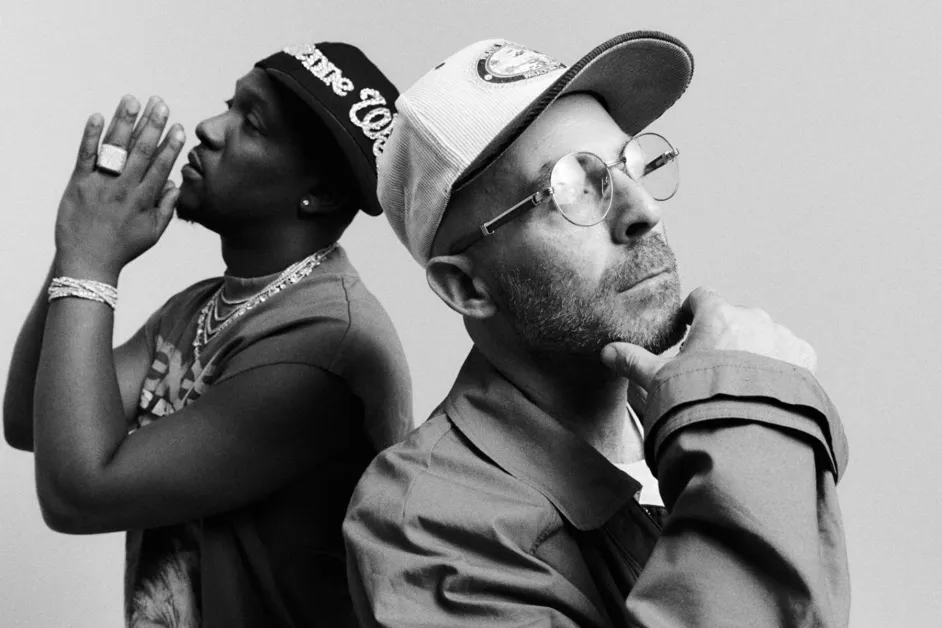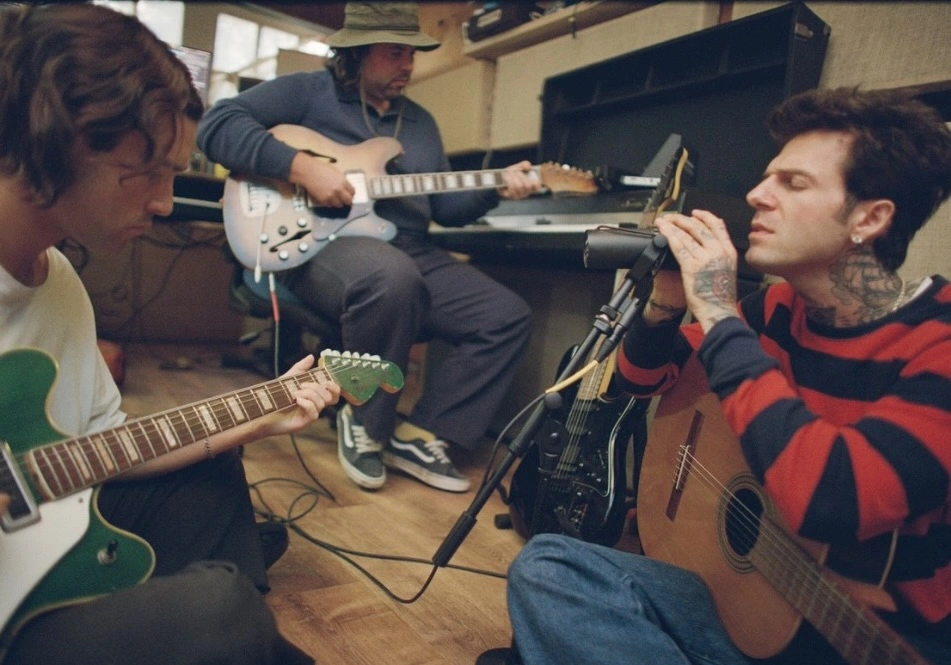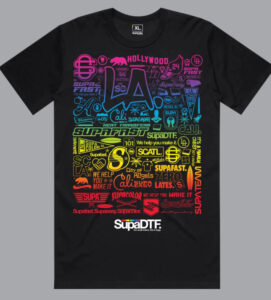YoungBoy Never Broke Again — born Kentrell DeSean Gaulden — has long been an emblem of unfiltered emotion and raw, defiant energy. Known for his relentless output, confessional lyrics, and deeply loyal fanbase, he is a figure whose creative spirit seems impossible to contain.
But what if that same relentless drive took him somewhere entirely unexpected? Imagine YoungBoy not just as a rapper, but as a kickboxer — stepping into the ring, gloves laced, channeling lyrical rage into a disciplined storm of fists and kicks. This crossover, although purely imaginative, offers a fascinating lens through which to examine YoungBoy’s ethos, cultural symbolism, and the universal language of fight.
The Sonic Strikes: Music as Combat
From the very beginning of his career, YoungBoy’s music has embodied conflict — battles with the industry, inner demons, love, staunch, and the law. Each mixtape, each song feels like a round in an endless match, his voice swinging like a fighter’s fist.
The idea of him as a kickboxer is not as distant as it might first seem. Kickboxing, like rap, is about rhythm, footwork, and timing. A skilled kickboxer doesn’t just throw random strikes; he reads his opponent, improvises, and moves with a cadence almost like a freestyle verse. In both realms, success demands a blend of aggression and artistry.
The Aesthetic Parallel: Fighting Style as Fashion
YoungBoy’s visual identity is a cocktail of raw streetwear, diamond-encrusted jewelry, and an unmistakable air of “I don’t care what you think.” In a kickboxing context, this persona would translate into a fighter who enters the ring with custom shorts dripping in graphic patches, mouthguard shimmering with diamond dust, and perhaps even entrance music featuring his own unreleased tracks.
Mentality: From Street Survival to Ring Discipline
Kickboxing is not simply brute force. It requires precise technique, mental clarity, and strategic patience — traits YoungBoy has exhibited in his approach to music. Despite legal troubles and public controversies, he has maintained an almost military discipline in releasing projects and connecting with his audience.
Imagine this discipline honed into martial training: early morning conditioning runs, focused sparring sessions, relentless bag work. The same tenacity that fuels his studio grind would find new form in the dojo, turning a fighter’s camp into an album recording session in physical form.
Cultural Symbolism: The Fighter’s Journey
Historically, fighting sports have symbolized rebirth and redemption. Boxers and kickboxers often come from difficult backgrounds, their stories framed as battles against poverty, violence, or personal demons.
YoungBoy’s life story mirrors this arc uniquely. Raised in Baton Rouge, burdened by loss and legal issues, he has repeatedly fought to reclaim his narrative and survival. His imagined transition into kickboxing would not just be a career pivot; it would symbolize the constant fight — against the world and against himself.
Imagining the Ring Walk
Picture the moment: The stadium goes dark. YoungBoy’s voice fills the space, his unreleased track vibrating across the stands. The audience, already hyped, begins to chant. Then, from the tunnel, he emerges — head down, hood up, eyes burning with the same defiance that turned SoundCloud uploads into platinum plaques.
Every step toward the ring feels like the march to a microphone, each bounce on the ropes a nod to the studio booth. By the time the bell rings, fans don’t just see a fighter; they see an artist ready to drop a verse with every roundhouse.
Literary and Cinematic Echoes
The idea of musicians turning to combat sports isn’t entirely new. Fictional explorations of this transformation have appeared in movies and novels — stories where physical combat becomes a metaphor for personal evolution.
In literature, think of Jack London’s The Abysmal Brute, where a reclusive boxer represents purity and raw natural power. In cinema, films like Creed channel music-video-like aesthetics into fight choreography. YoungBoy’s own narrative, steeped in both violence and vulnerability, resonates with these archetypes.
Trend Context: Cross-Discipline Celebrities
Today’s culture celebrates figures who transcend categories. Athletes become fashion icons, rappers design shoes, actors release albums. Conor McGregor’s whiskey brand, Kanye West’s ventures into architecture, and Travis Scott’s immersive Fortnite concert all illustrate this cross-disciplinary hunger.
Imagining YoungBoy as a kickboxer taps into this same trend: an artist refusing to be boxed in (pun intended), expressing defiance through new, unexpected channels.
Potential Impression on Fans
YoungBoy’s fans — fiercely loyal and often fiercely protective — might view this imaginary transition as a powerful metaphor for growth and transformation.
For young listeners facing their own battles, the idea of fighting back, literally and figuratively, resonates deeply. In this sense, the kickboxer persona becomes a new chapter in his ongoing story of resilience.
Art Beyond Medium
Ultimately, imagining YoungBoy Never Broke Again as a kickboxer is not about swapping microphones for mouthguards. It’s about understanding that at their core, both music and combat are languages of expression. Both are about channeling pain, passion, and identity into something transformative and visible.
Either behind a mic or beneath the lights of the ring, YoungBoy embodies the spirit of a fighter — relentless, flawed, and vividly alive. In this alternate universe, each kick and jab would be another verse, each round another track, each victory another mixtape drop on the path of an unbreakable young boy.
No comments yet.








